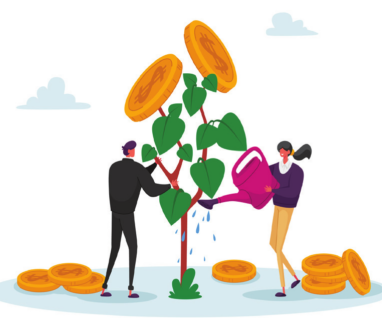“Old money” is a look, a feel. An understated confidence. Image is everything, and maintaining that image is what I want to talk about.
My goal is to continue to cultivate a world where “old money” principles can be taught, implemented and passed down so every family can achieve “old money” status, or wealth that lasts for generations. The principles that apply are just principles for sustaining your financial security. I want to discuss two of them: less is more and diversification of income.
The ‘less is more’ principle
This is the opposite of keeping up with the Joneses. “Old money” is an understated confidence that allows each of us to be ourselves without trying to impress anyone else. You’re nor living to gain acceptance from others, and life is not a competition of “who is better?” “Old money” status is about acceptance from your mother, father, grandmother and grandfather. Competition is saved for corporate board rooms and sporting events. Homes, clothes and cars are purchased with function and quality being the main decision-makers; beauty and price are secondary.
Diversification of income
Diversification is a theme throughout the financial world. It means not putting all your eggs in one basket. This is important, but in a recession stocks, bonds, real estate and privately owned businesses lose value. The statistic is that one out of four stocks go up. Even the best portfolio managers and CEOs struggle when there is a market correction and recession. Assets are one thing, but income is another.
And income is ultimately more important than assets.
Income is what we use to pay for groceries, mortgages, utilities and cars. We dip into our assets if we do not have enough income to cover our expenses. Financial security requires much more thought and action.
Diversifying your income is just as important as having money or assets that you can turn to during hard times. Having two household incomes qualifies as some income diversification. Income from investments is another form of income di versification.
There are several income-producing investments that help weather the storms.
Real estate is especially liked by old money because it can always be rented to pay the bills. If you’re just starting to build wealth, buying a multifamily property allows you to diversify your income.
The rent should cover your mortgage should you lose your job. Buying a single-family home with one job and little or no savings is touted as the American Dream. But it is a recipe for a treadmill kind of life, with anxiety and fear as the main survival mode. Old money does not come from this survival mode, and achieving old-money status should be our way of life.
Stocks are touted as one of the best investments for the long term. I think they come secondary, as their income-producing capabilities can be limited. Old-money ways teach us to ground our income foundation. This includes securing income in case you get sick, lose a job or even die. After your foundation is secure, invest in non-income-producing investments like stocks, land or startup businesses. All of this can be accomplished on a $50,000 household income and have people thinking you come from old money.
Another great source of income today is gig jobs or jobs that allow you to be an independent contractor. Some people bring home $1,000 a week in additional income as a gig worker. You decide when you are going to work, allowing you to keep your full-time job. If you lose your job for some unforeseen reason, your lifestyle will not change. You’re embracing the “less is more” lifestyle.
Grasping and understanding these first two principles is a great start to understanding how to create multi-generational wealth, or “old money status.”
Margaret Tully is a Manchester-based wealth advisor.